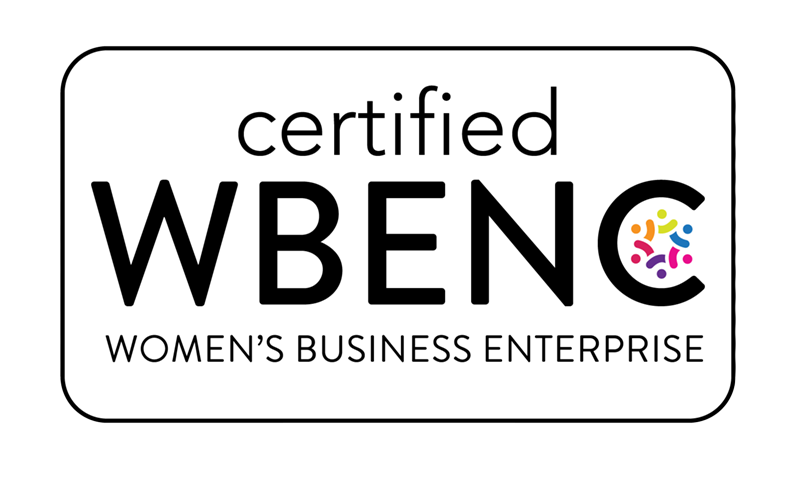Advanced Rulings: How to Secure Trade Compliance Certainty Before Shipping -
Part 21
Audio Conversation:
Full Blog Article:
Navigating global trade regulations can feel overwhelming for small and midsize businesses (SMBs), especially those new to importing or exporting. Amid complex tariff classifications, valuation methods, and origin rules, securing an advanced ruling provides clarity and confidence before shipping your goods.
In this article, we’ll not only explore the what and why of advanced rulings but also discuss when it’s most beneficial for importers to obtain one. We’ll provide a real-world example to illustrate how advanced rulings help mitigate risks and streamline compliance.
What is an Advanced Ruling?
An advanced ruling is a binding decision issued by a customs authority, such as U.S. Customs and Border Protection (CBP), that clarifies specific aspects of a trade transaction before goods are shipped. These rulings ensure that your practices align with customs regulations, reducing the risk of errors, penalties, or delays.
Advanced rulings are typically issued for:
- Tariff Classification – Assigning the correct Harmonized System (HS) code to your product. (See Article 3: Harmonized System (HS) Codes: “Cracking the Code!” for more details.)
- Valuation – Confirming the proper method for calculating the customs value of your goods.
- Origin Determination – Ensuring your product’s country of origin complies with labeling and trade agreement rules. (Refer to Article 9: Country of Origin Marking: Why is it Important to Label Products Correctly?)
- Eligibility for Preferential Tariffs – Determining whether your product qualifies for duty reductions under free trade agreements or special programs.
For exporters, advanced rulings may cover export controls, licensing requirements, or compliance with foreign country regulations.
Why Advanced Rulings Matter
Global trade mistakes are costly. Misclassifications, under-valuations, or origin errors can lead to shipment delays, fines, or even seizure of goods. Advanced rulings mitigate these risks by providing certainty and serving as a compliance blueprint.
Key Benefits:
- Compliance Certainty: Binding rulings ensure documentation aligns with customs regulations, minimizing disputes during clearance.
- Cost Savings: Accurate classifications and valuation reduce the likelihood of overpaying duties or facing penalties.
- Operational Efficiency: Customs processes are streamlined, leading to faster clearance and reduced delays.
- Risk Mitigation: Advanced rulings serve as a documented defense during audits or trade disputes.
When Should an Importer Seek an Advanced Ruling?
Advanced rulings are most valuable in situations where trade uncertainty is high or the financial impact of an error could be significant.
Situations Where an Advanced Ruling May Be Warranted:
- Introducing a New Product: When importing a new or complex product with ambiguous classification or valuation rules, a ruling can eliminate uncertainty.
- High-Value Shipments: For goods with high customs duties or significant trade volume, securing an advanced ruling can prevent costly errors.
- Eligibility for Trade Programs: Determining whether your product qualifies for duty relief under trade agreements like the USMCA or the Generalized System of Preferences (GSP).
- Customs Audits or Disputes: If a product has previously been flagged or misclassified, an advanced ruling can clarify its status.
- Complex Origin Determination: When products are manufactured using components from multiple countries, determining the country of origin may require expert guidance.
Real-World Example
Scenario:
A U.S.-based importer plans to import electric scooters manufactured in Asia. The scooters include components sourced from multiple countries, including motors from Japan and batteries from China.
Challenges:
- Tariff Classification: Determining the correct HS code for the scooters is unclear because the classification could vary based on their primary function (e.g., transportation or recreation).
- Origin Determination: The importer needs to confirm whether the scooters are eligible for preferential tariffs under a free trade agreement.
Solution:
The importer submits a request for an advanced ruling to CBP, providing:
- A detailed product description, including dimensions, functions, and materials.
- Photos and technical specifications.
- A breakdown of component origins and manufacturing processes.
Outcome:
CBP issues a ruling confirming:
- The correct HS code, ensuring proper tariff classification.
- The scooters’ country of origin, clarifying whether they qualify for duty-free entry under a specific trade agreement.
Benefits:
The importer avoids potential misclassification penalties, ensures compliance with origin rules, and benefits from reduced duties—saving thousands of dollars in the process.
How to Apply for an Advanced Ruling
- Identify Your Needs: Determine the specific issue—tariff classification, valuation, or origin determination—you need clarity on.
- Prepare Your Application
Include:
• A detailed product description and purpose.
• Supporting documents (e.g., photos, specifications, or test reports).
• Proposed HS code or valuation method, if applicable. - Submit Your Request to CBP: Use the eRuling system on CBP’s website to submit your application. Processing times typically range from 30 to 60 days, depending on the complexity of your request.
- Implement the Ruling: Once issued, ensure your shipping and customs documentation align with the ruling to prevent discrepancies.
Challenges and Best Practices
While advanced rulings simplify compliance, the application process can be time-consuming and complex.
Common Challenges:
- Incomplete Applications: Missing or vague information can delay decisions.
- Evolving Regulations: Trade rules change, and rulings may need updates.
Best Practices:
- Leverage Expert Assistance: Engage a customs broker to prepare accurate applications.
- Maintain Documentation: Keep detailed records of all submissions and rulings.
- Stay Updated: Regularly review trade regulations to ensure compliance.
How a Customs Broker Can Help
Customs brokers are vital partners in navigating the advanced ruling process. Their expertise ensures that applications are complete and accurate, reducing delays and errors. Brokers also help interpret rulings and implement them into your operations, aligning your business with compliance requirements.
Beyond advanced rulings, brokers provide ongoing support for:
- Importer of Record (IOR) responsibilities (see next article in the series).
- Tariff classifications, audits, and post-entry adjustments.
Summary of Key Points
- Advanced rulings are binding decisions that provide certainty in tariff classification, valuation, and origin determination.
- They are essential when importing new, complex, or high-value products and can help qualify goods for preferential trade benefits.
- The application process requires precision and expertise, which customs brokers can provide.
- Proactively seeking advanced rulings saves time, reduces costs, and mitigates compliance risks.
Frequently Asked Questions (FAQs)
Q1: When should I seek an advanced ruling?
Q2:
Advanced rulings are recommended for new or complex products, high-value shipments, or when determining eligibility for trade benefits or origin requirements.
Q2: How long does the process take?
A2: Most advanced rulings are processed within 30 to 60 days, but timelines may vary based on case complexity.
Q3: Are advanced rulings binding for future shipments?
A3: Yes, advanced rulings are binding for the specific transaction or product outlined in the request. However, changes in regulations or product details may require a new ruling.
What’s Next?
In the next article, Importer of Record (IOR): Understanding Responsibilities and Risks, we’ll dive into the critical role of the IOR in ensuring trade compliance. Learn how to manage responsibilities and mitigate risks effectively as an importer.
References
1. U.S. Customs and Border Protection (CBP). “Rulings and Legal Decisions.”
Link
2. Harmonized System Codes: World Customs Organization.
Link
3. Import Tariff Exemptions: U.S. International Trade Commission (USITC).
Link
4. “Export Compliance and Controls.” Bureau of Industry and Security (BIS).
Link
Advanced rulings empower businesses to trade with confidence—don’t leave compliance to chance. Reach out to a customs broker today and take the guesswork out of global trade!
If you're curious to see how we can help, please visit our website
http://magneticprecision.com/
For inquiries and questions, contact us at
inquiries@magneticprecision.com.
Stay tuned for more insights to help you unlock global markets!


